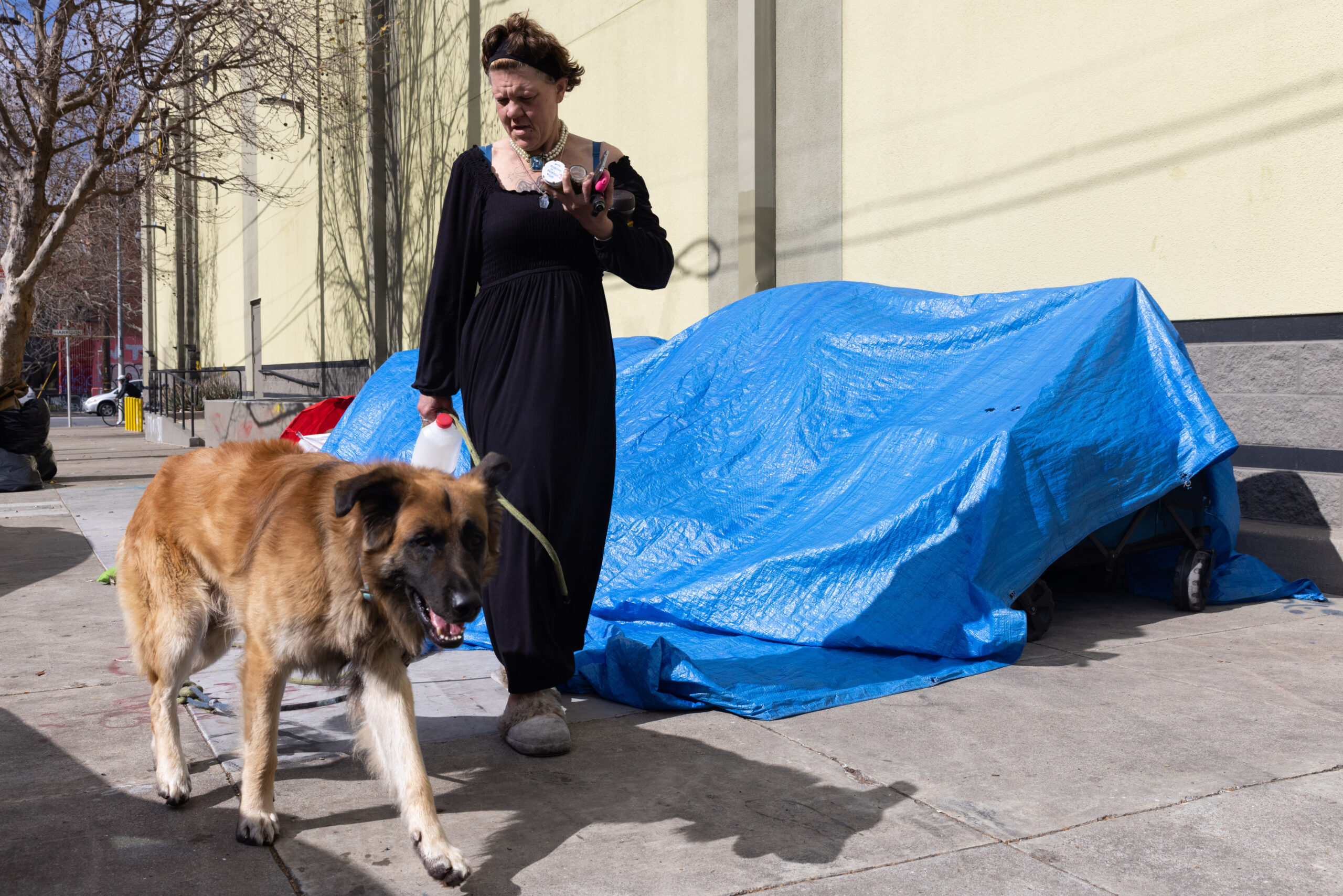It’s springtime, meaning it’s once again animal mating season—but it’s not all sunshine and puppies for California. State shelters are in the midst of a worsening overcrowding crisis, as municipal shelters and rescues struggle to manage a flood of stray and surrendered cats and dogs.
To combat animal homelessness and overpopulation, California’s Department of Food and Agriculture awarded more than half a million dollars to 23 projects focusing on key animal welfare issues.
Most of the projects funded by the department fall into three categories: spay and neuter services, projects that target frequently sheltered dog breeds and projects that reduce feral cat colonies.
The majority of grant recipients are projects in Central California, where the overcrowding crisis is most apparent. One of the biggest award recipients was a Fresno-based organization that won $43,500 for its project, “Fixin’ Fresno: No Nuts Left Behind.” Its program plans to spay and neuter animals in high-poverty areas—leaving nary an uncut nut or ovary behind.
Animal welfare experts attribute the state’s stray animal population boom to limited spay and neuter services: A 30% decline in spay-neuter surgeries in 2020 meant that over 3 million dogs missed these important reproductive measures nationwide. California is also in the midst of a severe veterinarian shortage, which has left hundreds of thousands of animals without adequate care across the state.
Roughly 78% of California shelters are unable to consistently provide low-cost spay/neuter services, and an estimated 344,000 state shelter animals do not have access to basic veterinary care, according to a survey conducted by the SF Society for the Prevention of Cruelty to Animals.
The survey also estimated that over 150,000 animals in the state have inconsistent or limited access to spay/neuter services. Grant monies from part of the food and agriculture department’s award program pledge to support approximately 4,463 additional low-cost or free spay/neuter services.
For the Central Valley, the absence of these services has tanked the region’s veterinary accessibility scores as residents are often forced to drive hours at a time to find basic pet care.
“I was just in Tulare, one of our partner shelters in Central Valley, and it’s desperate—there’s just no accessible spay and neuter [services],” said Jennifer Scarlett, a veterinarian and president of San Francisco SPCA.
“We’ve elected to work with them and try to help them move animals up here for adoption, because we are very fortunate in San Francisco—we usually have more adopters than animals coming into the city shelter,” Scarlett added.
A handful of Bay Area shelters and municipalities also received grants from the agriculture department. The East Bay SPCA won nearly $50,000 to provide low-cost spay/neuter services to eligible pet families, and Peninsula Humane Society and Oakland Animal Services nabbed $15,000 each for similar projects.
The 23 winning projects were funded through two sources: The Pet Lover’s License Plate Grant Program and the Prevention of Animal Homeless and Cruelty Voluntary Tax Contribution Fund. The pet lover’s fund provided $396,456 in grant monies, while the tax fund backed 15 projects with grants totaling $184,000.
The grants distributed by the pet lover’s fund for 2023 were noticeably smaller than last year’s awards, however. That grant source gave $477,590 to shelters and municipalities last year, marking a 17% decline in funds in 2023.
The California Department of Food and Agriculture was contacted for comment.
